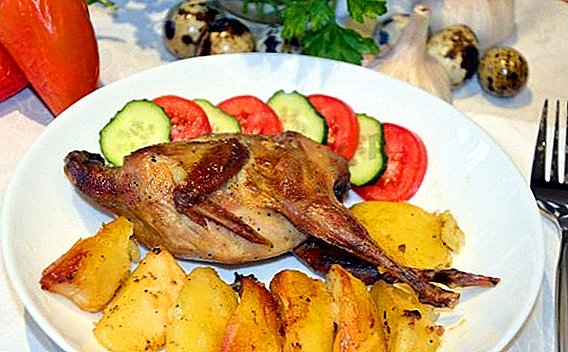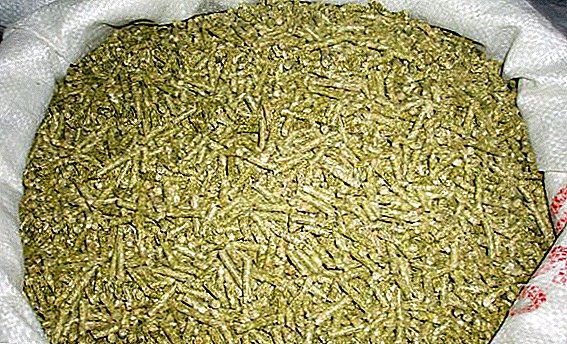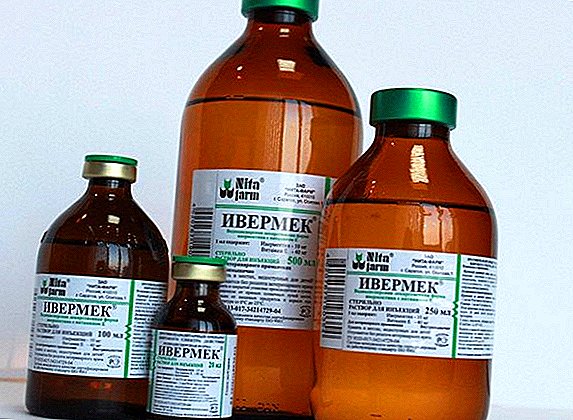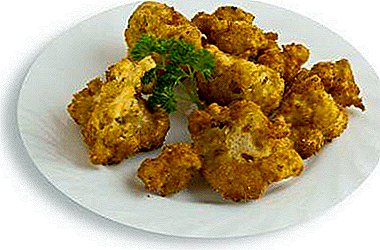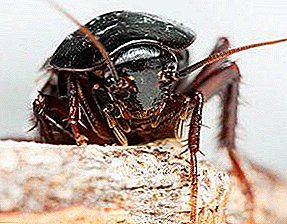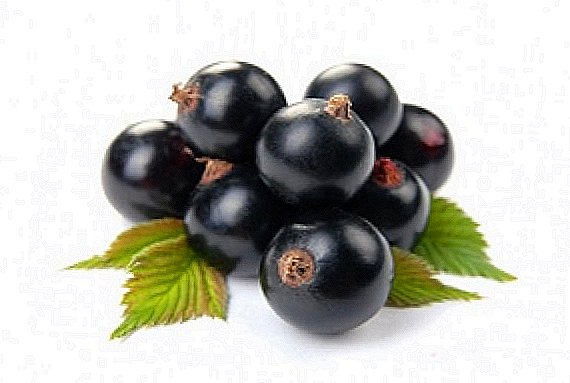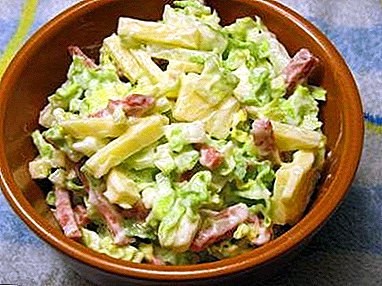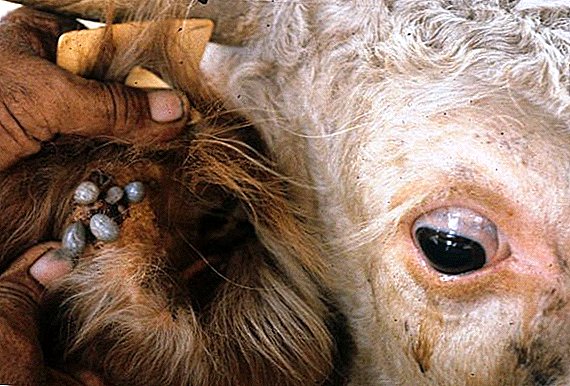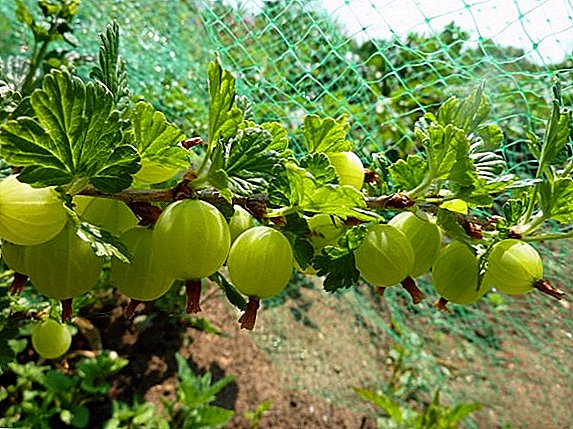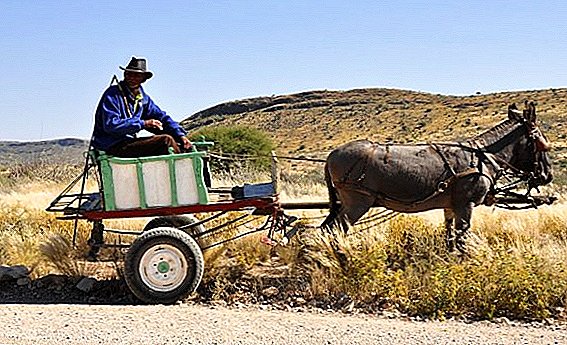Farmers in Namibia today have new crop varieties cowpea and sorghum, which are more resistant to drought and pests. The crops have been planted this year thanks to modern technologies provided by the support of the International Atomic Energy Agency (IAEA) and the Food and Agriculture Organization of the United Nations (FAO).
The Namibian Ministry of Agriculture, Water and Forestry under the IAEA technical cooperation project, which was launched in 2009, expanded existing varieties of cowpea and sorghum seeds in its first plant breeding program in history, released new varieties in 2018 and promoted reproduction. seeds in 2019
Also read:"Advances in crop improvement and crop quality play an important role in food production and, therefore, in ensuring food security," says Joanna Andova, director of research at the Ministry of Agriculture, Water and Forestry. “Initially, we only had one sorghum and three varieties of cowpea, and now with the recently released four varieties of sorghum and seven varieties of cowpea farmers have more options. These varieties contribute to the achievement of the nationwide goal of producing high-yield crops with better resistance to physical and biological stress and also with improved nutritional qualities, "Andova said.

According to Andova, traditional seed varieties no longer satisfy the needs of nearly 700,000 agricultural households in northern Namibia, where drought and poor soil impede agricultural productivity. "Farmers report lower yields, and as a result, reduced productivity contributes to food insecurity, malnutrition and even famine," Andova added.
In response, the IAEA and FAO supported Namibia through technology transfer and helped build capacity in plant breeding and soil and water management. New varieties are expected to benefit more than 8,000 farmers in the first season. Lydia Ndinelao Horn, a researcher at the University of Namibia, explains that improved cowpea varieties produce higher yields for a shorter growing season.
Recommended for reading:
Horn stressed that the new varieties of sorghum have higher yields, as well as increased resistance to the ergot fungus, to which traditional varieties are sensitive. To obtain the initial seed lot, scientists at the FAO-IAEA Joint Laboratory in Seibersdorf, Austria, used gamma radiation on local seed varieties to bring about the desired changes in plant DNA. Using radiation to mimic the natural process of spontaneous mutation, scientists can create varieties with new and beneficial properties.
In 2018, improved varieties were transferred to seed producers for further reproduction to produce enough seeds for commercial distribution.


